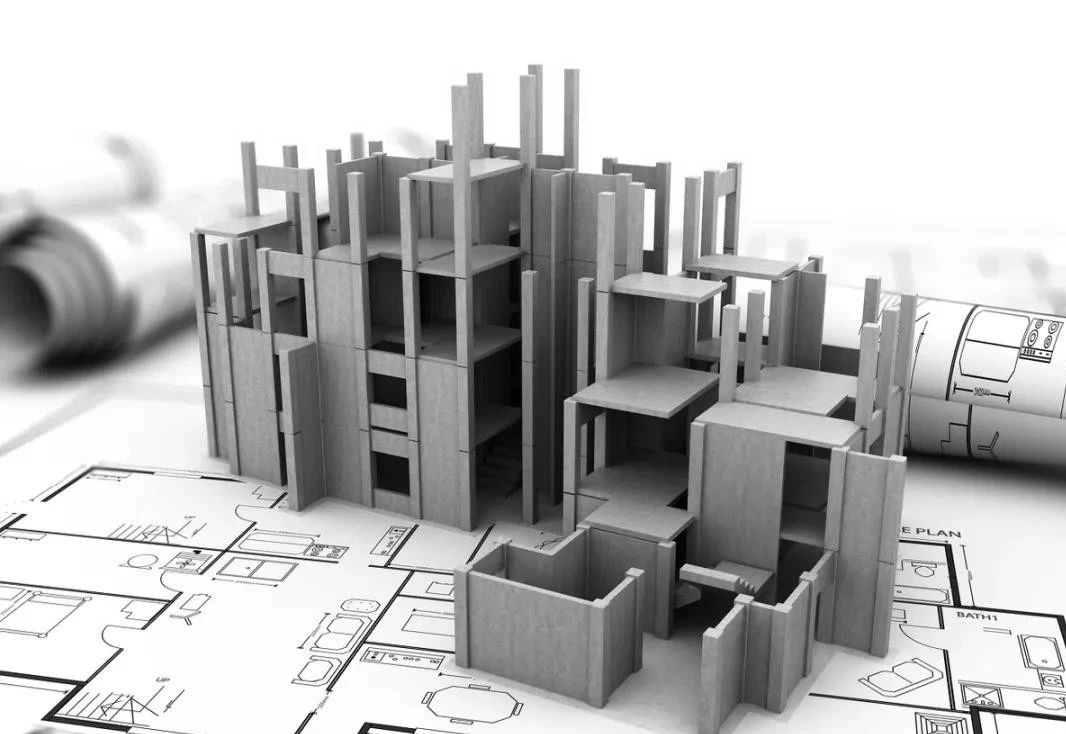The staggered floor layout forms a random contact relationship between the guest room and the loop ramp.
© Xiao Xiao © Xiao Xiao © Xiao Xiao’s scene gradually unfolding along the “ring line” is not so much about building an isolated house as how to create a place where the distant and near scenery gradually unfolds in front of people: the yard gradually raised by the ground, the ramp embedded around the building volume, the small bridge connecting the path and ramp, the large slope running through the interior of the building Covered corridors, etc.
They are interconnected to form a “loop” system around the building.
Sectional perspective of Multifunctional Hall © The guest room loop line surrounded by carbon Pu’er “loop line” allows people to enjoy the scenery far and near outside the building while moving, but it blocks the outer wall of the guest room.
The East and west parts of the building are separated from each other, and there is a 2m wide cavity between them.
Functional diagram © Xiao Xiao © Dong Xiao © Du Xing © Du Xing © The “inner space” limited by the outline of carbon Pu’er is limited by the local village code.
© In the center of the field surrounded by the boxwood Valley, the river and stream originating from Tianmu Mountain flows from northwest to southwest along the valley and finally flows into the duhekou reservoir.
In order to not only accept the loop line, but also enable the guest rooms to obtain appropriate lighting and landscape conditions, each guest room adopts different layout methods.
In contrast to the conventional floor height of the surrounding rooms, the cavity is particularly tall in the actual experience, giving people an open and public feeling.
In order to make effective use of the floor height resources, the building is divided into East and West blocks.
Looking south from Yangwan village, which is backed by Yanshan in the West and Gaoyang mountain depression in the East, there are Wuji mountain and Pingding Mountain.
Sectional perspective of room 3 © Carbon Pu’er © Xiao Xiao © Xiao Xiao © Xiao Xiao © Xiao Xiao © Carbon Pu’er © Du Xing © Carbon Pu’er © Xiao Xiao © Mr.
The panoramic view of the valley makes people feel immersed in the larger natural environment.
© Dong Xiao model © Carbon Pu’er © Xiao Xiao © Dong Xiao’s “loop line” and environment walk upward along the loop line, and the continuous peaks around the valley are constantly displayed in front of people.
The floors of the two blocks are arranged in staggered layers to form spaces with different floor heights and make them play different functions.
The narrow valley through which the stream flows is relaxed from Yangwan village to form a narrow farmland belt in the downstream valley.
This overall understanding of architecture and environment is more attractive than just appreciating the image of a house or experiencing the internal space and details.
Xiao Xiao’s project drawing general plan first floor plan second floor plan third floor plan fourth floor plan AA section BB section south elevation west elevation project information architecture design: temparchitects address: Fotang village, Moganshan Town, Deqing County, Huzhou City, Zhejiang Province, China project year: 2020 building area: 681.0m2 main architects: Dong Xiao, Wang Fangji, Xiao Xiao design team: Dong Xiao, Wang Fangji, Xiao Xiao, Wang Zitong, Yuan Ye, Yang Jianfei, Zhang Ting, Lin Jing, Wu enting, Zhao Scarlett, Xiao Wenda, Li Xin, Liu Yunong structural design: Gao Ge client: tianfanli B & B photographer: Xiao Xiao, carbon Pu’er, boxwood, Dong Xiao Editor in charge of Du Xing: Han Shuangyu; Editor: Ji Ruixue * this article is contributed by temparchitects, and the title and layout are sorted out by archdaily.
This is the internal logic of the building.
Although the farm with 6 guest rooms is located in the mountain village, it is in the middle of the field, and the surrounding area is very open.
Mountain roads connect small mountain villages scattered in the valley.


